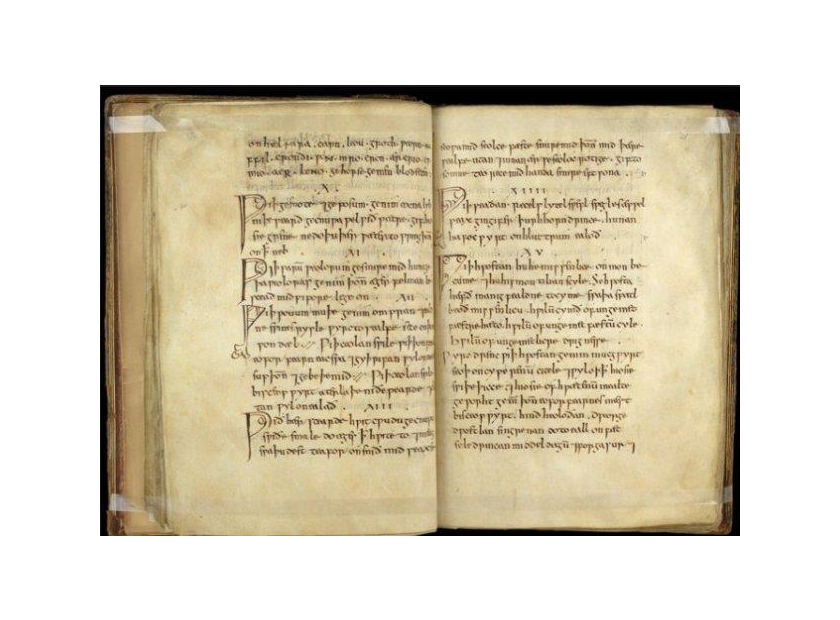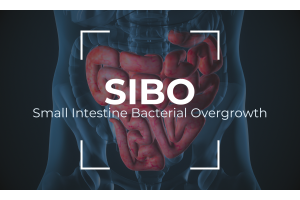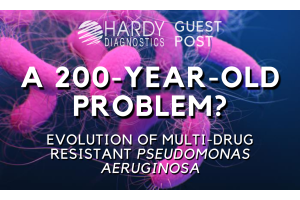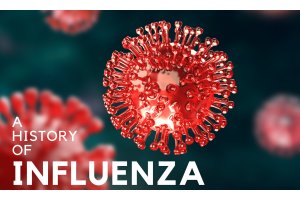Bald’s Eye Salve: A Thousand-Year-Old Effective Antibiotic
Medieval doctors didn’t always prescribe what was best for an ailing patient (leeches were a popular therapy). However, a medical manuscript from the 10th Century called Bald’s Leechbook recently found in the British Library details a concoction of wine, oxbile, and two species of Allium (garlic, onion, or leek) used to treat styes, now known as an infection caused by Staphylococcus aureus.
The Old English leather-bound volume – Bald’s Leechbook – is widely thought of as one of the earliest known medical textbooks and contains Anglo-Saxon medical advice and recipes for medicines, salves and treatments.
Based on knowledge of antimicrobial molecules in the mixture, a group of historians and microbiologists teamed up to interpret the text to determine the actual efficacy of this ancient brew.
While wine, oxbile, onion, and garlic are believed to contain antimicrobial compounds by themselves, when combined they are far more effective than each individual ingredient.
Unexpectedly, individual preparations of wine, oxbile, and onion had limited antimicrobial activity against planktonic (free-floating single bacterial) cells in Mueller Hinton Broth and synthetic wound fluid. The addition of garlic, which contains the thiosulfinate allicin, enhanced the activity of the remaining three ingredients.
In a S. aureus biofilm model, Bald’s eye salve outperformed pure allicin as well. Allicin, at 500µg/mL resulted in only a two to three log reduction of bacteria, while eye salve with an allicin concentration of 275-486 µg/mL resulted in a 6-7 log reduction or eradication. However, omitting one of the other ingredients somehow led to a loss of potency.

The thousand-year-old Bald’s eye salve was then tested against clinically significant organisms in a number of studies. It exhibited bactericidal activity against planktonic cultures of several ESKAPE pathogens (Enterococcus faecium, S. aureus, Klebsiella pneumonia, Acinetobacter baumannii, Pseudomonas aeruginosa, and Enterobacter spp.) in a broth microdilution. A synthetic wound model showed a 2-6 log reduction of S. aureus, Staphylococcus epidermidis, Streptococcus pyogenes, and A. baumanii biofilms.
Application of Bald’s eye salve in mice infected with methicillin-resistant S. aureus (MRSA) resulted in notable reduction compared to vancomycin. Eye salve preparations tested by disk diffusion also exhibited statistically significant activity against a multi-drug resistant Neisseria gonorrhoeae strain.

While medieval medicine was largely a craft, this “ancientbiotic” demonstrates the synergistic activity of natural compounds that individually or in pure form, render little effect. It also shows how drastic the efficacy of a mixture of compounds can be against planktonic cells versus biofilms.
Scientists are often so fixated on isolating one compound in a natural product that they overlook possible reactions with synergistic medicinals.
Bald’s eye salve is not the first antimicrobial mixture rediscovered from ancient texts (the antimalarial Artemisinin was described in Chinese manuscripts). However, there may be more solutions to antimicrobial resistance yet to be discovered in the history books.
By Sarah Hepler
R&D Microbiologist
Hardy Diagnostics
References:
1. https://www.cnn.com/2020/07/28/health/medieval-remedy-antibiotic-resistance-alternativesscn-trnd/index.html
2. https://www.cnn.com/2015/03/31/health/anglo-saxon-potion-mrsa/index.html
3. https://www.nature.com/articles/s41598-020-69273-8
4. https://www.biorxiv.org/content/10.1101/2020.04.23.041749v1







